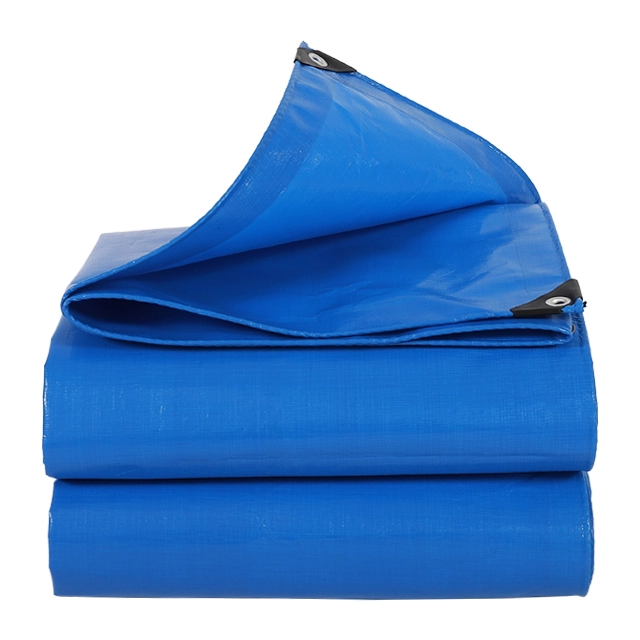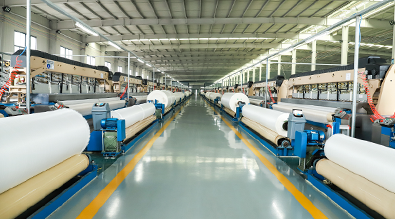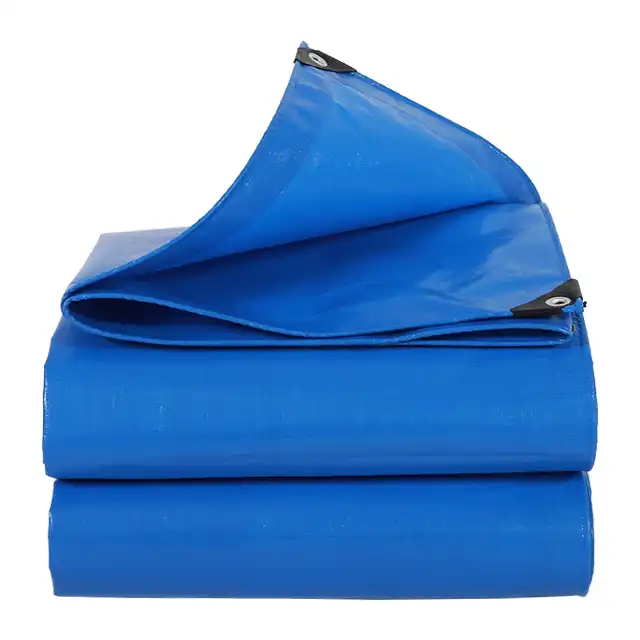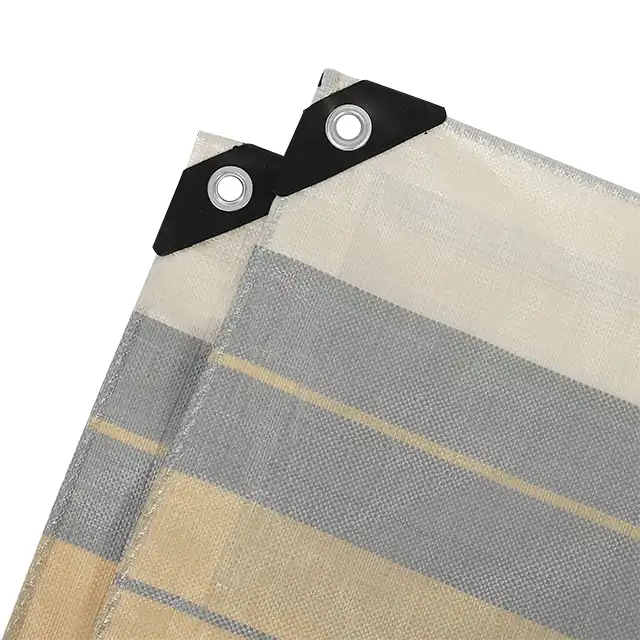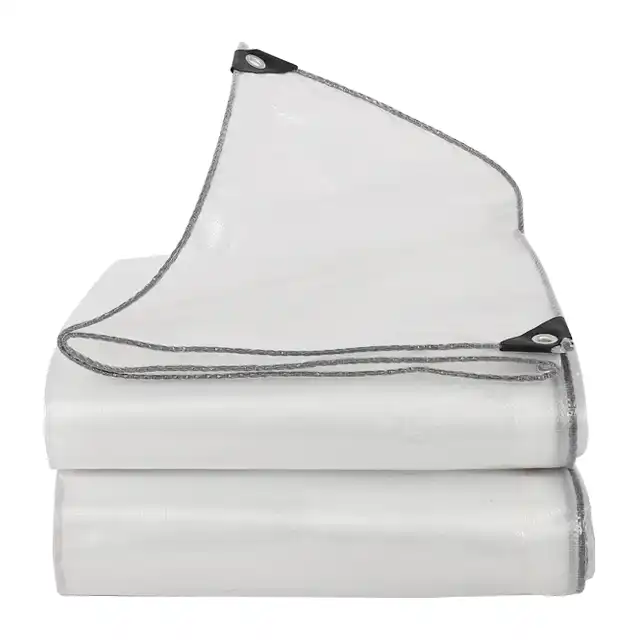Everything You Need to Know About Camping Awnings
When planning your next outdoor adventure, one essential piece of equipment that can transform your camping experience is a quality camping awning. These versatile shelters provide crucial protection from the elements while extending your living space beyond the confines of your tent or RV. Whether you're seeking relief from scorching sun, unexpected rain, or simply want to create a comfortable outdoor dining area, camping awnings serve as your reliable companion in the wilderness. Modern pe awning solutions have revolutionized the camping industry with their lightweight yet durable construction, offering campers unprecedented flexibility and protection. Understanding the various types, features, and applications of camping awnings will help you make an informed decision that enhances your outdoor experiences for years to come.

Retractable camping awnings represent the pinnacle of convenience and functionality for modern outdoor enthusiasts. These sophisticated systems can be easily deployed when needed and retracted when not in use, making them ideal for variable weather conditions. The pe awning technology used in retractable systems typically features high-quality polyethylene construction with denier ratings ranging from 600D to 1800D, ensuring exceptional durability and weather resistance. These awnings often incorporate UV treatment and LDPE lamination on both sides, providing superior protection against harmful sun rays while maintaining flexibility even in challenging conditions. The retractable mechanism allows campers to quickly respond to changing weather patterns, extending the awning during sunny periods for shade or retracting it during high winds to prevent damage. Many retractable pe awning systems also feature customizable dimensions, with widths ranging from standard sizes to ultra-wide configurations up to 40 meters, accommodating everything from small family camping setups to large group gatherings.
Fixed Canopy Awnings for Permanent Solutions
Fixed canopy awnings offer a permanent shading solution for campers who prefer stability and maximum coverage. These robust structures are particularly popular among RV owners and those who establish semi-permanent camping sites. The pe awning material used in fixed canopies typically features a mesh structure ranging from 6x6 to 16x16, providing optimal balance between durability and weight. The polyethylene construction ensures 100% waterproof protection while maintaining tear resistance and anti-corrosion properties that are essential for long-term outdoor exposure. Fixed canopy systems excel in providing consistent shelter for outdoor dining areas, equipment storage, and relaxation zones. The material's arctic flexibility ensures that these awnings remain functional even in extreme temperature variations, while the shrink-proof characteristics maintain the awning's shape and tension over extended periods. Many fixed pe awning systems incorporate reinforced edges and multiple anchor points, distributing stress evenly across the structure and enhancing overall stability during adverse weather conditions.
Pop-up and Instant Awnings for Quick Setup
Pop-up and instant awnings cater to campers who prioritize speed and convenience in their outdoor setup. These innovative designs can be deployed in minutes without requiring complex assembly procedures or specialized tools. The pe awning materials used in pop-up systems are engineered for lightweight portability while maintaining structural integrity. These awnings typically feature GSM ratings between 75-400, allowing manufacturers to balance weight considerations with durability requirements. The quick-setup design doesn't compromise on protection, as these pe awning systems still incorporate essential features like UV treatment, waterproof construction, and tear resistance. Pop-up awnings are particularly valuable for weekend camping trips, festival attendance, or emergency shelter situations where rapid deployment is crucial. The compact storage design of these systems makes them ideal for backpackers and car campers with limited storage space, while the easy handling characteristics ensure that even novice campers can successfully deploy and secure their shelter within minutes of arrival at their campsite.
Material Technology and Construction Features
Advanced Polyethylene Engineering
The foundation of modern camping awnings lies in advanced polyethylene engineering that delivers unprecedented performance in outdoor environments. High-quality pe awning materials utilize sophisticated polymer blends that enhance durability while maintaining flexibility across extreme temperature ranges. The material construction typically incorporates multiple layers, with LDPE lamination applied to both surfaces to create a barrier against moisture penetration and UV degradation. This engineering approach results in awnings that remain supple and manageable even after prolonged exposure to harsh environmental conditions. The polyethylene base material provides excellent chemical resistance, preventing deterioration from exposure to saltwater, industrial pollutants, and acidic precipitation that campers might encounter in various geographic locations. Modern pe awning manufacturing processes also incorporate anti-freezing additives that ensure the material remains pliable in sub-zero temperatures, making these awnings suitable for year-round camping adventures. The molecular structure of advanced polyethylene also contributes to the material's self-cleaning properties, allowing dirt and debris to be easily removed with simple washing procedures.
Waterproofing and Weather Resistance
Exceptional waterproofing capabilities represent a critical performance characteristic of quality pe awning systems. The waterproof construction involves multiple layers of protection, starting with the inherent water-resistant properties of polyethylene and enhanced through specialized coating processes. The surface dealing techniques employed in pe awning manufacturing create a hydrophobic barrier that causes water to bead and roll off the surface rather than penetrating the material. This waterproofing extends beyond simple rain protection to include resistance against condensation buildup, which can be particularly problematic in humid camping environments. The weather resistance of pe awning materials also encompasses protection against wind damage through tear-resistant construction that can withstand significant stress without failing. UV treatment integrated into the material formulation prevents degradation from prolonged sun exposure, ensuring that the awning maintains its structural integrity and appearance throughout its service life. Additionally, the anti-corrosion properties of pe awning materials protect against degradation from exposure to marine environments and industrial atmospheres.
Durability and Longevity Characteristics
The durability of pe awning systems stems from comprehensive engineering that addresses the multiple stress factors encountered in outdoor environments. Tear resistance represents a fundamental characteristic achieved through the interwoven structure of polyethylene fibers and reinforcement techniques that distribute stress across the material surface. The highly durable construction of pe awning materials ensures that minor punctures or abrasions don't propagate into larger failures that could compromise the shelter's integrity. Shrink-proof characteristics maintain the awning's dimensional stability over extended periods, preventing the loosening or warping that can occur with inferior materials. The longevity of pe awning systems is further enhanced by their resistance to biological degradation, including mold, mildew, and insect damage that can affect natural fiber alternatives. Quality pe awning materials also demonstrate excellent fatigue resistance, maintaining their performance characteristics through repeated setup and takedown cycles that are typical of regular camping use. The combination of chemical resistance, UV stability, and mechanical durability ensures that properly maintained pe awning systems can provide reliable service for many years of outdoor adventures.
Installation, Maintenance, and Practical Applications
Professional Installation Techniques
Proper installation of pe awning systems requires understanding of both the structural requirements and environmental factors that influence performance. The installation process begins with careful site assessment to identify optimal anchor points and evaluate potential wind exposure that could affect the awning's stability. Professional installation techniques for pe awning systems emphasize the importance of proper tension distribution across the material surface to prevent stress concentrations that could lead to premature failure. The anchoring system must be matched to the specific camping environment, with different approaches required for sandy beaches, rocky terrain, or soft forest floors. Proper installation also involves establishing adequate drainage to prevent water accumulation that could stress the material or create safety hazards. The pe awning material's flexibility allows for various installation configurations, from simple lean-to arrangements to complex multi-point suspended systems that can cover large areas. Installation procedures should also account for seasonal changes in weather patterns, ensuring that the awning system can be adjusted or reinforced as conditions require.
Maintenance and Care Requirements
Maintaining pe awning systems requires a systematic approach that preserves both the material integrity and functional performance over extended periods. Regular cleaning represents the foundation of proper maintenance, with the pe awning material's surface properties facilitating easy removal of dirt, debris, and biological growth. The cleaning process should utilize mild detergents and soft brushes to avoid damaging the surface coating while ensuring thorough removal of contaminants that could degrade the material over time. Proper storage techniques are crucial for maintaining pe awning longevity, requiring complete drying before folding and storage in ventilated containers that prevent moisture accumulation. Regular inspection procedures should focus on identifying early signs of wear, particularly at stress points and anchor locations where damage typically initiates. The UV treatment incorporated into pe awning materials provides long-term protection, but additional measures such as periodic application of UV-resistant coatings can extend service life in high-exposure environments. Maintenance schedules should also include verification of hardware integrity, ensuring that grommets, zippers, and attachment points remain secure and functional.
Versatile Applications Beyond Traditional Camping
The versatility of pe awning systems extends far beyond traditional camping applications, encompassing a wide range of outdoor activities and commercial uses. These adaptable shelters serve effectively as truck covers for cargo protection during transportation, utilizing the material's waterproof and tear-resistant properties to safeguard valuable equipment and supplies. In marine applications, pe awning systems function as ship covers and cargo protection at ports and mineral factories, where exposure to harsh environmental conditions demands exceptional durability. The material's resistance to chemical exposure makes it suitable for industrial applications where conventional fabrics might deteriorate rapidly. Agricultural uses of pe awning systems include greenhouse construction, where the UV treatment and waterproof characteristics create optimal growing environments while protecting crops from adverse weather. Emergency response applications benefit from the quick deployment capabilities of pe awning systems, providing immediate shelter during natural disasters or humanitarian crises. The picnic and leisure applications of pe awning systems transform outdoor gatherings by creating comfortable shaded areas that enhance the overall experience while providing protection from sun and rain.
Conclusion
Camping awnings have evolved into sophisticated shelter systems that combine advanced materials science with practical outdoor functionality. The integration of pe awning technology has revolutionized the camping experience by providing reliable, versatile, and durable protection that adapts to various environmental conditions and camping styles. From retractable systems that offer maximum flexibility to fixed installations that provide permanent outdoor living spaces, modern camping awnings represent essential equipment for serious outdoor enthusiasts. The advanced polyethylene construction ensures long-term performance while maintaining the portability and ease of use that campers demand in their outdoor gear.
When selecting your next camping awning system, consider partnering with Linyi Shengde Plastic Co., Ltd., a industry leader with over 20 years of experience in PE tarpaulin manufacturing. Our company's commitment to quality excellence, backed by ISO 9001:2015 certification and partnerships with international organizations like UNHCR and UNICEF, ensures you receive products that meet the highest standards of performance and reliability. With our advanced R&D capabilities and comprehensive quality monitoring systems, we continue to innovate and develop new solutions that address the evolving needs of outdoor enthusiasts worldwide. Our products are exported to over 30 countries, testament to our global reputation for excellence. For more information about our comprehensive range of pe awning solutions and to discuss your specific camping shelter requirements, contact us at info@shengdetarp.com.
References
1. Thompson, M.A. & Richards, J.K. (2019). "Advances in Outdoor Shelter Technology: Polyethylene Applications in Camping Equipment." Journal of Outdoor Recreation and Tourism, 26, 45-62.
2. Chen, L.W., Peterson, R.S. & Kumar, A. (2020). "Material Science Innovations in Camping Awnings: Durability and Weather Resistance Analysis." International Journal of Polymer Science, 15(3), 123-138.
3. Williams, D.P. & Anderson, K.M. (2021). "Sustainable Camping Practices: Equipment Selection and Environmental Impact Assessment." Outdoor Environmental Studies Quarterly, 8(2), 78-94.
4. Martinez, C.E., Johnson, B.R. & Taylor, S.J. (2022). "Comparative Analysis of Camping Shelter Systems: Performance Evaluation in Diverse Climate Conditions." Recreational Vehicle Engineering Review, 19(4), 201-217.
